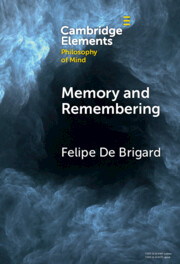In a repetitive auditory stimulus sequence, deviant
infrequent tones typically elicit a component of auditory
event-related potentials termed mismatch negativity
(MMN). The elicitation of MMN is assumed to reflect the
existence of a memory trace of the standard stimulus that
has a decay time of about 10 s and is strengthened by repetition
of the standards. The main aim of the present study was
to test the decay time of the sensory memory trace during
rapid-eye movement (REM) sleep vs. wakefulness, as indexed
by the MMN. Subjects were presented 10 tone trains, separated
by 3, 6, or 9 s of silence, during waking and REM sleep.
Each train consisted of 9 standards of 1000 Hz and 1 deviant
of 2000 Hz that occurred at position 1, 2, 4, or 6. The
waking deviants elicited a frontocentral negativity with
a scalp topography equivalent to the MMN component. During
REM sleep, the negative component showed the same scalp
distribution only for the 3-s intertrain interval (ITI).
In this brain state, the MMN amplitude was smaller and
decreased with prolongation of the ITI. These results suggest
a weaker sensory memory trace formation and a premature
decay time of such a memory trace during REM sleep as compared
with wakefulness.


